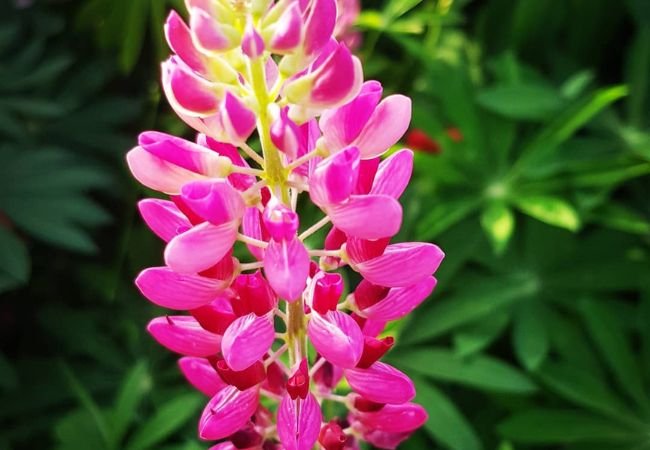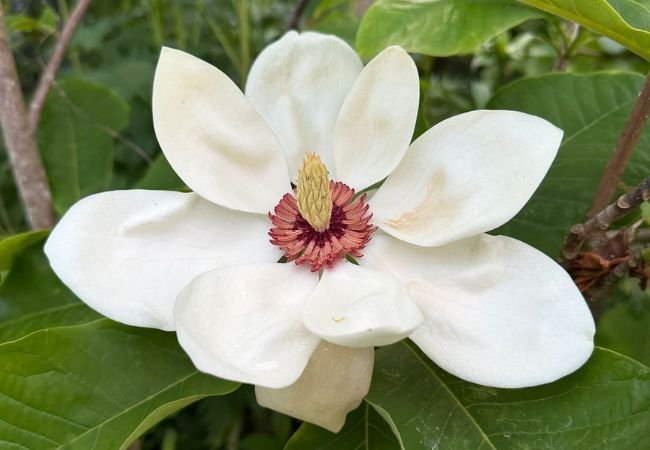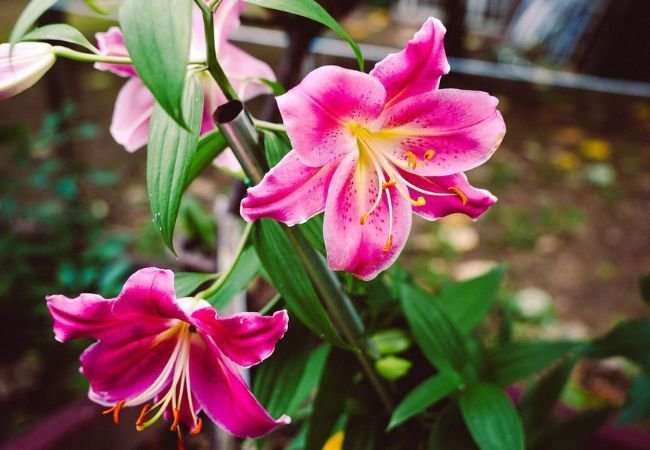Discover how to grow and care for lupin plants with expert tips from Ashley Scott. Learn about soil needs, propagation, pest control, and more for stunning blooms. Perfect for USA gardeners!
As a gardener with over a decade of experience, I’ve fallen in love with lupin plants (Lupinus spp.) for their towering flower spikes and ability to thrive in challenging conditions. Whether you’re new to gardening or a seasoned pro, this guide will walk you through everything you need to know about growing these showstoppers.
What Is a Lupin Plant?

Scientific Name: Lupinus (part of the Fabaceae family, alongside peas and beans) .
Common Names: Lupine, bluebonnet, Texas bluebonnet, and tree lupin.
Lupins are nitrogen-fixing perennials or annuals known for their vibrant, pea-like flowers. With over 200 species, they range from compact border varieties to 6-foot-tall shrubs. Native to the Mediterranean and North America, lupins are both ornamental stars and soil-enhancing powerhouses .
Did You Know? The name “lupin” comes from the Latin lupus (wolf), based on the myth that these plants “wolfed” soil nutrients. In reality, they enrich soil by converting atmospheric nitrogen into usable forms .
How to Grow Lupin Plants
1. Soil & Sun Requirements
- Soil: Well-draining, sandy, or loamy soil with a pH of 6.0–7.0. Avoid heavy clay—raised beds work wonders for drainage .
- Sunlight: Full sun (6+ hours daily). In hot climates like the Southern U.S., afternoon shade prevents heat stress .
Pro Tip: I’ve had success mixing garden compost with perlite for container-grown lupins. Their deep taproots need space, so choose pots at least 12 inches deep .
2. Planting Lupin Seeds
- Scarification: Nick seeds with sandpaper or soak in warm water for 24 hours to boost germination .
- Timing: Sow seeds indoors 8 weeks before the last frost or directly outdoors in early spring. In warmer zones (7–10), fall planting is ideal .
- Depth: Plant seeds ¼ inch deep, spacing them 12–24 inches apart .
Personal Hack: After a failed attempt with store-bought seeds, I started harvesting seeds from my Russell Hybrids. They germinated faster and produced richer colors!
Lupin Plant Care Tips
1. Watering & Feeding
- Watering: Keep soil moist until established. Mature lupins are drought-tolerant but appreciate weekly watering in dry spells .
- Fertilizer: Skip nitrogen-rich formulas—they prefer potassium for blooms. I use a diluted fish emulsion monthly during flowering .
2. Pruning & Deadheading
- Deadhead spent flowers to encourage a second bloom. Cut stems to the base in winter to promote spring growth .
- Warning: Wear gloves! All lupin parts are toxic if ingested, causing dizziness or nausea in humans and pets .
3. Pest & Disease Management
- Aphids & Slugs: Spray with diluted neem oil or handpick slugs at dawn. I once saved a lupin patch by introducing ladybugs .
- Powdery Mildew: Improve air circulation and avoid overhead watering. For severe cases, apply an organic sulfur spray .
Top Lupin Varieties for U.S. Gardens
| Variety | Height | Colors | Hardiness Zones |
|---|---|---|---|
| Russell Hybrids | 2–4 ft | Multicolor mix | 3–8 |
| Texas Bluebonnet | 1–2 ft | Blue/white | 4–8 |
| Westcountry Masterpiece | 2–3 ft | Purple/magenta | 4–9 |
Common Questions About Lupin Plants
❓ Are lupins invasive?
Some non-native species (e.g., Lupinus polyphyllus) can spread aggressively in the Pacific Northwest. Stick to native varieties like L. perennis .
❓ Can I grow lupins in containers?
Yes! Use deep pots with drainage holes. My ‘Masterpiece’ lupins thrived in a 5-gallon container on my patio .
❓ When do lupins bloom?
Most flower from late spring to early summer. Deadheading may trigger a fall rebloom in cooler climates .
Why Lupins Deserve a Spot in Your Garden
Beyond their beauty, lupins improve soil health and attract pollinators. I’ve paired mine with drought-tolerant perennials like coneflowers for a low-maintenance display.
Whether you’re planting a cottage garden or a xeriscape, lupins offer bold color and ecological benefits. For more tips, explore my guide on improving garden soil naturally. Happy gardening! 🌿






